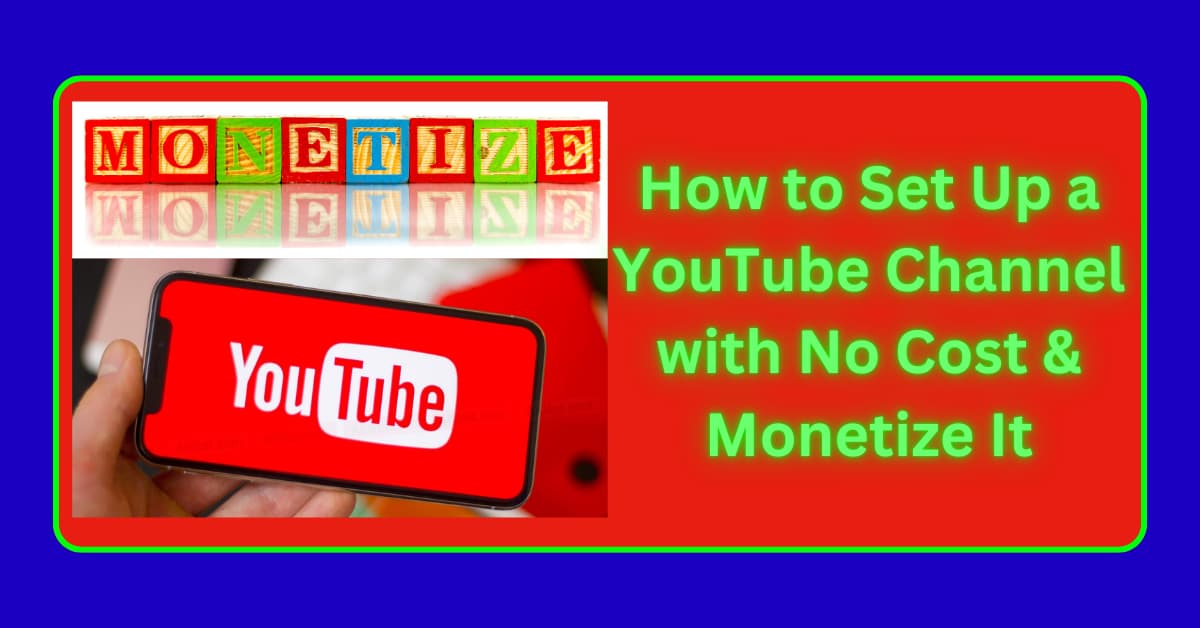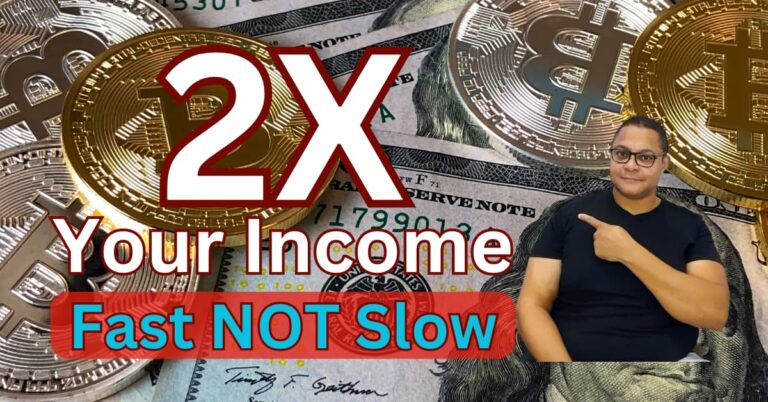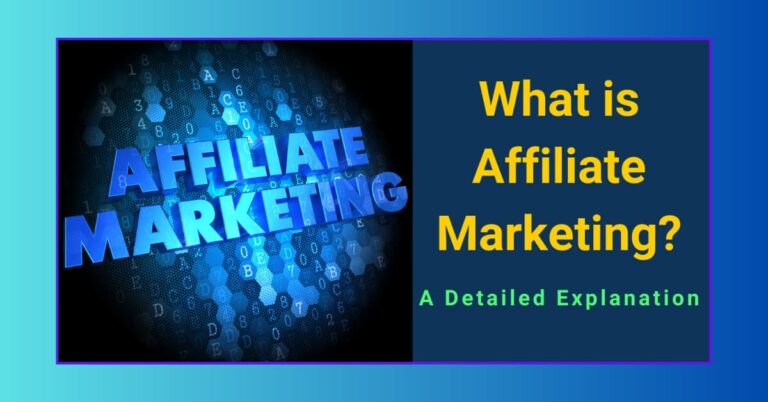How to Set Up a YouTube Channel with No Cost & How To Monetize It
When i How to Set Up a YouTube Channel it changed my life. I went from being stuck in a 9 to 5 job that I hated to having the freedom to work on my own terms. If you’re tired of the daily grind or just starting out your professional journey and looking for a way to achieve financial and time freedom, this guide is for you. Let me walk you through how you can start your own YouTube channel for free and turn it into a rewarding career.
Table of Contents
- How to Set Up a YouTube Channel with No Cost & How To Monetize It
The Power of YouTube
Why YouTube?
YouTube is a platform with immense potential. It has over 2 billion logged-in monthly users and is the second-largest search engine in the world, right after Google. Whether you’re interested in sharing your passion, educating others, or simply entertaining, YouTube gives you the reach to connect with a global audience. And the best part? You can start without spending a single penny. You too can How to Set Up a YouTube Channel.
Success Stories
I remember when my friend John started his YouTube channel. He was passionate about fitness but stuck in a job that didn’t satisfy him. With no initial investment, he started recording workout videos with his phone. Fast forward a year, John had built a community of thousands of subscribers and was making enough money to leave his job. Stories like John’s are not uncommon; with dedication and consistency, you too can achieve similar success.
Getting Started To Set Up A YouTube Channel
Choosing Your Niche
Identifying Your Passion
The first step is to choose a niche that you are passionate about. Your passion will keep you motivated even when the going gets tough. Think about what excites you. Is it cooking, technology, fitness, or perhaps travel? Your passion will shine through in your videos and attract like-minded viewers. Then Set Up A YouTube Channel.
Market Research
Once you’ve identified your passion, do some market research. Look at other YouTube channels in your chosen niche. What kind of content are they creating? How much engagement do they get? Tools like Google Trends can help you understand what’s popular and what people are searching for.
Examples of Popular Niches
- Tech Reviews: Unboxing and reviewing the latest gadgets.
- Lifestyle: Sharing daily routines, DIY projects, and personal growth tips.
- Fitness: Workout routines, healthy eating tips, and fitness challenges.
- Cooking: Recipe videos, cooking tips, and meal prep ideas.
- Travel: Travel vlogs, destination guides, and travel tips.
Set Up A YouTube Channel for Free
Creating a Google Account
To start a YouTube channel, you need a Google account. If you don’t already have one, it’s easy to create. Just go to the Google sign-up page, enter your details, and you’re good to go.
Creating Your Channel
Once you have a Google account, go to YouTube and sign in and Set Up A YouTube Channel. Click on your profile icon in the top right corner and select “Create a Channel.” You’ll be prompted to choose between using your name or a custom name. Choose what suits your brand best and follow the prompts to set up your channel.
Channel Customization
Channel Art and Logo
Your channel art and logo are the first things people see when they visit your channel. You want them to be eye-catching and professional. I used Canva, a free online design tool, to create my channel art and logo. It’s user-friendly and has templates specifically to Set Up A YouTube Channel.
About Section
Your About section is where you introduce yourself and your channel to potential subscribers. Be clear about what your channel is about and what viewers can expect. Don’t forget to add links to your social media profiles and any other relevant sites.
Planning Your Content
Content Strategy
Types of Videos
Decide on the types of videos you want to create. Will you be doing tutorials, vlogs, reviews, or interviews? A mix of different types can keep your content fresh and engaging.
Content Calendar
Creating a content calendar helps you stay organized and consistent. I use Google Calendar to plan my video topics and schedule upload dates. Consistency is key to building an audience on YouTube.
Keyword Research
To ensure your videos get discovered, you need to do some keyword research. Tools like Google Trends and Ubersuggest are great for finding popular keywords in your niche. Use these keywords in your video titles, descriptions, and tags to improve your visibility.
Creating Your Videos
Recording Equipment
Using Your Smartphone
You don’t need an expensive camera to start. Most smartphones today have excellent cameras that are more than capable of recording high-quality videos. When I started, I used my smartphone to set up a youtube channel and a simple tripod I got for free from a friend.
Free Video Editing Software
Editing is where you can really make your videos shine. There are several free video editing tools available. I started with iMovie on my Mac, but other great options include Canva and CapCut.
Recording Tips
Lighting and Sound
Good lighting and sound are crucial. Natural light is your best friend, so try to record during the day. If you need extra lighting, you can make a DIY softbox using household items. For sound, use the built-in microphone on your phone or invest in an affordable lavalier mic.
Scripting and Storyboarding
Planning your videos helps keep them focused and engaging. I usually write a loose script and create a storyboard to visualize the shots I need. This keeps me on track and ensures I don’t miss any important points.
Optimizing Your Videos for Discovery
Title and Description
Your video title and description play a huge role in attracting viewers. Make sure your title is catchy and includes relevant keywords. In the description, provide a detailed summary of your video, include relevant links, and use your keywords naturally.
Tags and Categories
Tags help YouTube understand the content of your video and show it to the right audience. Use a mix of broad and specific tags related to your content. Also, choose the appropriate category for your video to improve its discoverability.
Thumbnails
A custom thumbnail can significantly increase your video’s click-through rate. Use free tools like Canva to create thumbnails that stand out. Include bright colors, readable text, and a clear image related to your video.
Promoting Your Channel
Leveraging Social Media
Share your videos on social media platforms like Facebook, Instagram, and Twitter. Join groups and communities related to your niche and share your content there. When I started, I joined several Facebook groups and saw a significant increase in my views.
Engaging with Your Audience
Building a community is crucial for long-term success. Respond to comments, ask for feedback, and encourage viewers to subscribe and share your videos. Engaging with your audience makes them feel valued and more likely to return.
Collaborations
Collaborating with other YouTubers can help you reach a wider audience. Find channels with a similar audience size and niche, and propose collaboration ideas that benefit both parties. My first collaboration was with a fellow tech reviewer, and it brought a lot of new subscribers to both our channels.
Monetizing Your Channel
YouTube Partner Program
Once you’ve built up a following, you can apply to the YouTube Partner Program to start earning from ads. To qualify, you need at least 1,000 subscribers and 4,000 watch hours in the past 12 months. It took me about a year to reach these milestones, but once I did, the ad revenue started rolling in.
Alternative Monetization Methods
Affiliate Marketing
Promoting products through affiliate links is a great way to earn additional income. Include affiliate links in your video descriptions and reviews. I’ve had success promoting tech products and earning commissions through Amazon Associates.
Here you can learn everything you need to about affiliate marketing. What is Affiliate Marketing? A Positive & Detailed Explanation
Sponsored Content
As your channel grows, brands may approach you for sponsored content. Ensure you only promote products you believe in to maintain trust with your audience. My first sponsorship was with a small tech company, and it helped boost my income significantly.
Merchandise and Crowdfunding
Selling your own merchandise or using platforms like Patreon for crowdfunding are other ways to monetize. I started a Patreon account to offer exclusive content to my most dedicated fans, and it’s been a great additional income stream.
Staying Consistent and Motivated
Setting Realistic Goals
Set achievable milestones and track your progress. This keeps you motivated and helps you see how far you’ve come. My first goal was to upload one video a week for three months, and I stuck to it. Seeing my channel grow was incredibly motivating.
Dealing with Burnout
Creating content can be exhausting, especially when you’re not seeing immediate results. Take breaks when needed, and don’t be too hard on yourself. I’ve had to take breaks a few times to avoid burnout, and it always helped me come back with fresh energy.
Continuous Learning
YouTube is constantly evolving, so it’s important to stay updated with the latest trends and improve your skills. Watch tutorials, join online courses, and participate in webinars. The more you learn, the better your content will become.
Conclusion
Starting a YouTube channel for free is entirely possible and can lead to financial and time freedom. It requires dedication, patience, and a willingness to learn and adapt. Remember, everyone’s journey is different, and while it might take some time to see significant results, the rewards are well worth the effort. Here is the link to my channel to see what I’m up to these days.
FAQ
1. Can I really set up a YouTube channel without any investment?
Absolutely! You can start with just your smartphone and free editing software. As your channel grows, you can invest in better equipment, but you don’t need to spend money upfront.
2. How long does it take to start making money on YouTube?
It varies. Some people start earning within a few months, while for others, it might take a year or more. Consistency and quality content are key to growing your channel and reaching the YouTube Partner Program requirements.
3. What if I don’t have any video editing experience?
Don’t worry! There are plenty of free resources and tutorials available online to help you learn video editing. Start with simple tools like iMovie, Canva or CapCut and gradually improve your skills.
4. How do I keep my content fresh and engaging?
Plan your content in advance, experiment with different types of videos, and engage with your audience to understand what they enjoy. Don’t be afraid to try new things and adapt based on feedback.
5. Can I pursue YouTube alongside a full-time job?
Yes, many successful YouTubers started while working full-time. Create a schedule that allows you to balance both, and consider batching your content to stay consistent without overwhelming yourself.
6. What if I don’t see results immediately?
Be patient and persistent. Building a successful YouTube channel takes time. Focus on creating valuable content, engaging with your audience, and continuously improving. The results will come with consistent effort.
I hope this guide inspires you to take the first step and start to set up a YouTube channel. It’s a journey full of learning and growth, and with the right mindset, you can achieve the financial and time freedom you desire. Good luck!





Temp mail I appreciate you sharing this blog post. Thanks Again. Cool.
La weekly I’m often to blogging and i really appreciate your content. The article has actually peaks my interest. I’m going to bookmark your web site and maintain checking for brand spanking new information.
Thank you very much. if you have any specific questions, please do not hesitate to ask.
BaddieHub I really like reading through a post that can make men and women think. Also, thank you for allowing me to comment!
BaddieHub Pretty! This has been a really wonderful post. Many thanks for providing these details.
danatoto danatoto
Definitely believe that which you stated. Your favorite reason seemed to
be on the internet the simplest thing to be aware of. I say to you,
I certainly get annoyed while people consider worries that they
just do not know about. You managed to hit the nail upon the
top as well as defined out the whole thing without
having side effect , people could take a signal.
Will likely be back to get more. Thanks